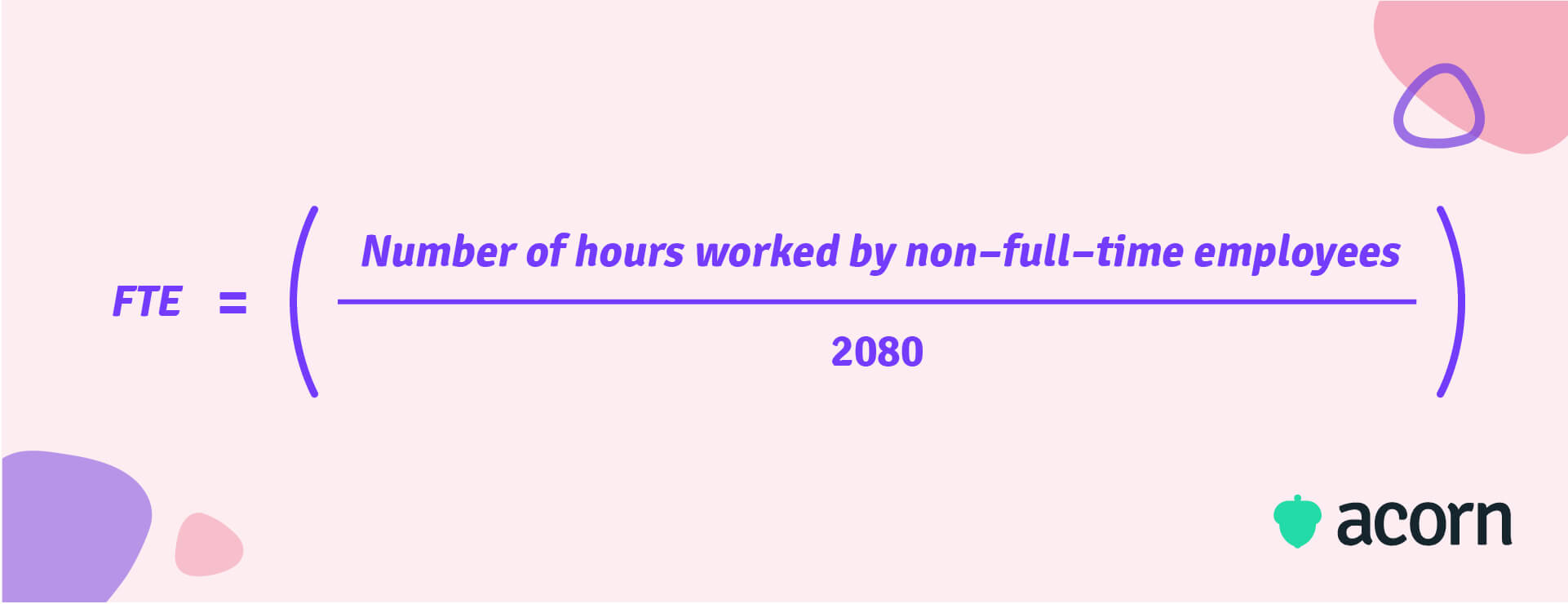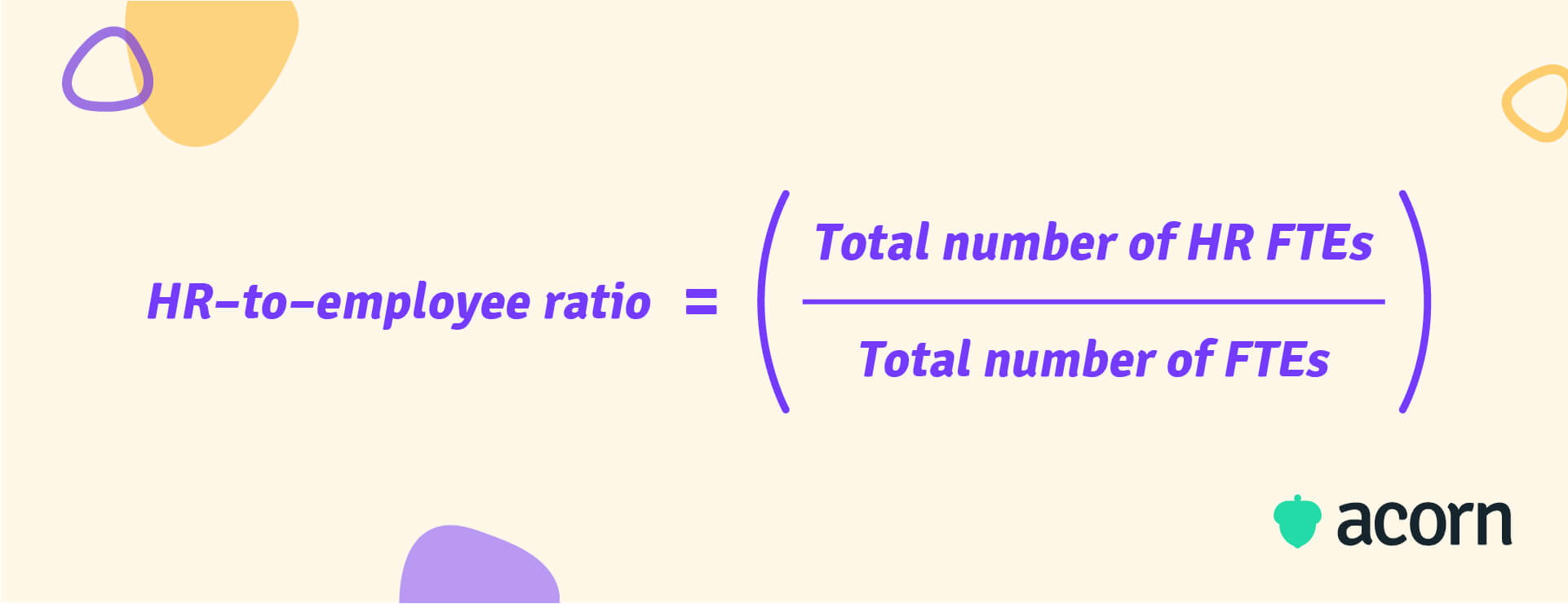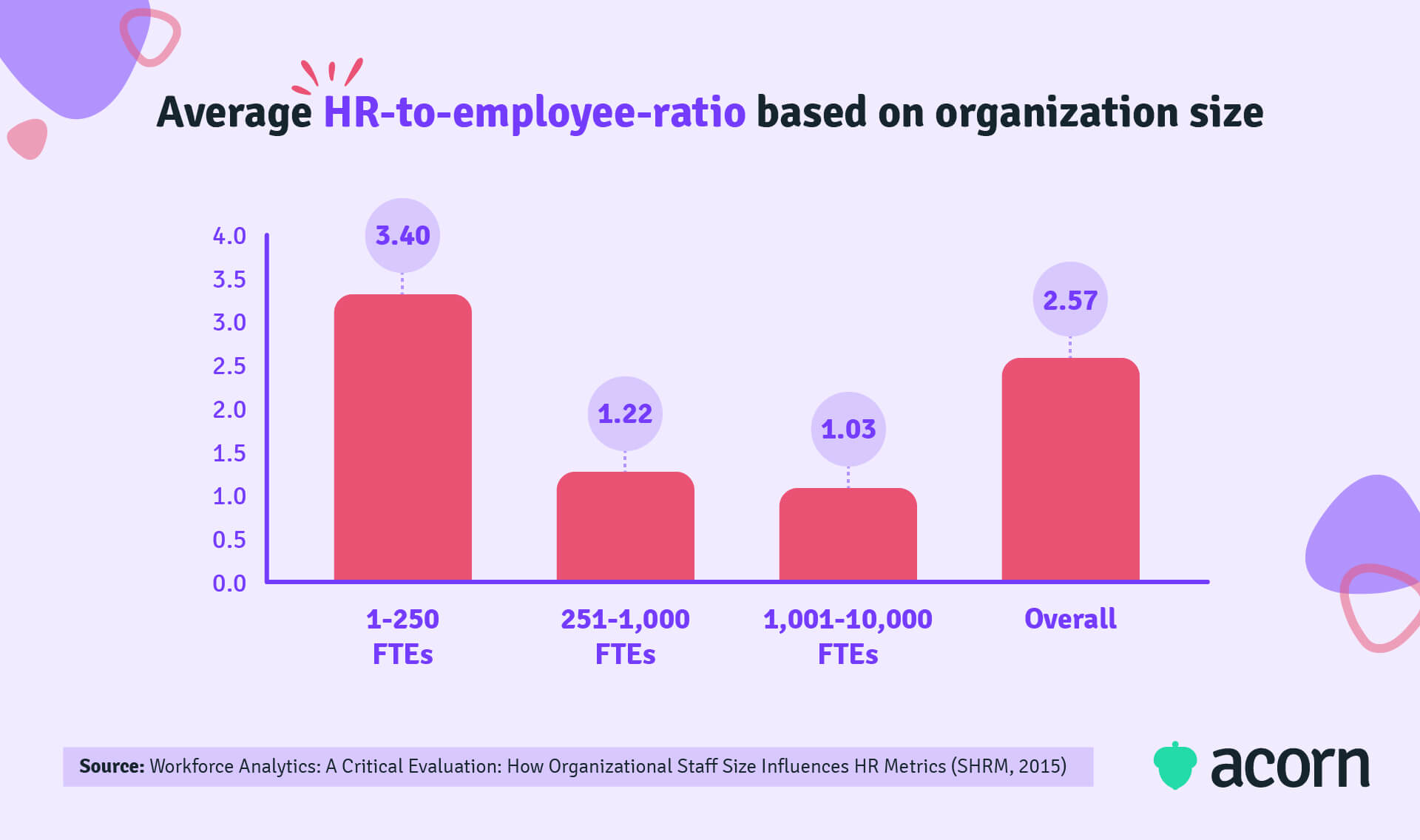How to Determine an Optimal HR to Employee Ratio
Reading Time:

Lead the pack with the latest in strategic L&D every month— straight to your inbox.
SubscribeHR services are only as effective as their resources allow, and having an optimised HR-to-employee ratio helps deliver better efficiency in HR functions.
In this blog, we’ll take a look at how to calculate the HR-to-employee ratio for your business and how you can determine the best number of HR people for your organisational needs.
What is HR-to-employee ratio?
The HR-to-employee ratio is the size of a company’s human resources department in comparison to the total number of employees in the company. More specifically, the ratio shows how many full-time HR employees there are to each full-time worker. Smaller organisations tend to have higher ratios, but bigger organisations typically have a lower ratio.
Why does HR-to-employee ratio matter?
It’s easy to look at the ratio of full-time employees to HR staff and think “So what?” But it’s an HR metric that relays important information about HR departments and their performance. Businesses can use it to justify spend and manage headcount by calculating the ratio.
For example, if the HR-to-employee ratio is too high (a large number of HR staff compared to other employees), it could be a sign that the business needs to reduce the number of HR staff in its employ. But if the ratio is too low (where there are too few HR people to other employees), it could indicate that their HR team size needs to be increased.
You want your HR-to-employee ratio to be “just right” for your organisation so that your business’s HR department can manage your needs effectively. Generally, HR-to-employee is dependent on the size of the organisation. Companies with better resources are able to have smaller HR teams as they can automate HR functions and processes, and big businesses are more likely to have those resources. Ergo, they’re more likely to have a lower HR staffing ratio.
An optimal HR-to-employee ratio allows HR to:
- Effectively and efficiently carry out its operational role in the business.
- Save financially with a cost-effective HR department (in terms of headcount, processes, and use of resources).
- Drive employee satisfaction and engagement as they can effectively perform HR functions with the right resources, time, and manpower.
- Ensure the business is operating in compliance with regulations.
While the HR-to-employee ratio can be an indicator of HR efficiency, it’s not helpful to rely solely on this metric alone. Importantly, it doesn’t show whether an HR department is effective or has better performance. A highly automated and outsourced HR department might be efficient on paper in that the HR-to-employee ratio holds up to industry benchmarks, but HR functions like that may be impersonal or ineffective at supporting employees.
This is why businesses need to use HR-to-employee metrics in tandem with other metrics such as revenue per employee in order to evaluate workforce effectiveness.
It’s also why we’ve created a performance learning management system (PLMS) here at Acorn. A PLMS is a dynamic AI-powered tool that links learning experiences with business performance. It empowers people to grow and excel in precisely the ways that positively impact organisation outcomes.
How do you calculate the HR-to-employee ratio?
To calculate HR to employee ratio you first need to find two things:
- How many full-time or full-time equivalent (FTE) HR employees you have
- How many full-time or FTE employees you have.
We say FTEs because not all employees are full-time staff. FTE is a unit of measurement indicating workload, so that employees are comparable. Full-time employment is considered to be 2,080 hours worked across the whole year. (Note that it’s unlikely anyone would work this exact number of hours due to public holidays and annual and sick leave.)
So, to find FTE, divide the number of hours worked by non-full-time employees by the expected 2,080.

The formula for finding the HR-to-employee ratio is then the total number of FT and FTE HR staff divided by the total number of FT and FTEs.

As an example, let’s say Company A has a two-member HR team, 50 full-time employees, and six part-time employees who collectively work 6,240 hours over the year. Divide 6,240 by 2,080 hours to get 3 FTEs and add that to the 50 full-time employees to get 0.038.

How many HR employees should you have?
As with all metrics that measure a business’s operational efficacy, there’s no one-size-fits all benchmark for the best HR-to-employee ratio. This is because the optimal HR ratio is dependent on several factors like:
- The organisation’s size. Optimal HR staffing depends on how many people are within an organisation and what resources are available to it.
- Industry. Some industries might require more HR involvement (such as consulting and professional services), requiring highly skilled professionals who need extensive training to carry out their jobs.
- Strategic objectives and growth. A growing business will need to adjust its HR team so that it can keep up with business needs while still efficiently managing HR needs and operations.
- The complexity of HR responsibilities, such as providing personal development opportunities, or how hands-on HR processes are. For example, a small business might be more involved over a large employer, who may have the resources to fulfil HR requirements and automate processes.
In saying that, there are some general benchmarks organisations can use to help estimate the best HR-to-employee ratio. In their 2015 study, SHRM found that the average ratio was 2.57 per every 100 employees across all organisations. Smaller employers of up to 250 people had around 3.4 HR positions per 100 employees, while bigger organisations (from around 1001-10,000 personnel) had a larger ratio of 1.03 per 100 employees.

Key takeaways
The HR-to-employee ratio allows organisations to build HR teams that can efficiently and effectively manage human resources operations, improve employee experience, and reduce costs.
Determining the optimal number of HR employees needed for your business isn’t a matter of finding a cut-and-dry answer, but rather, depends on the specific circumstances of your business, from its size and industry to its strategic priorities and complexity of HR responsibilities.